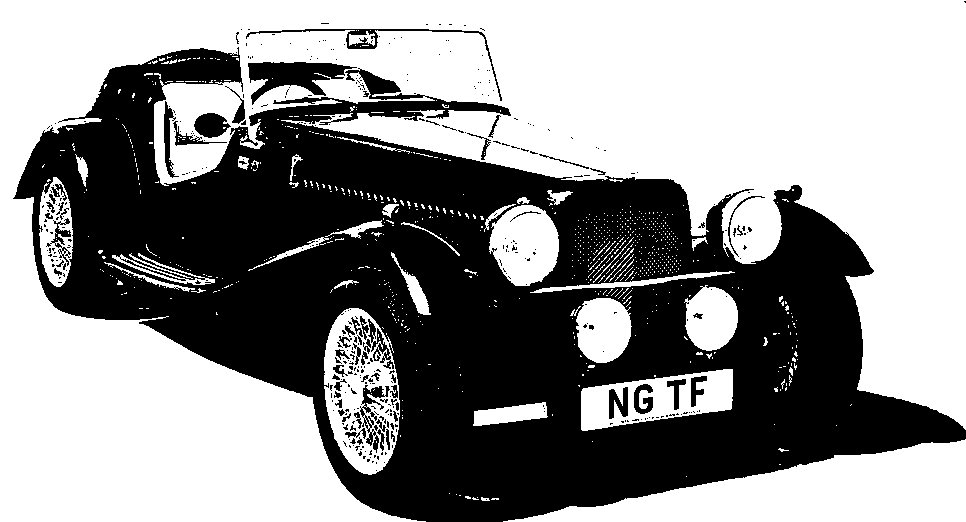
NG Kit Car
11 Fuel System
I opted for a stainless steel fuel tank which I primed with Hammerite Special Metals Primer (photo 1). The tank support straps were "lined" with strips of rubber supplied. I purchased a new SU AZX1307 fuel pump and mounted it in the standard MGB bracket which is fixed to the SVA cross member (near the seat belt holes). A flexible fuel hose connects the tank outlet to the pump and another connects the pump outlet to the fuel pipe (photo 2). The latter is fitted with some difficulty through various parts of the chassis to the front end where it connects to a filter and then on to the carburettors via more flexible hoses. The fuel filter is mounted on to the footwell front next to the nearside front brake pipe. It is fixed with a mounting block and cable tie so it can be easily renewed when servicing (photo 3).
After obtaining the body shell, I found I had to re-route the fuel pipe slightly in the area by the rear offside chassis member. Although warned in the build manual, it is difficult to determine the clearance needed without knowing the exact shape of the body.
Before modification, the fuel pipe sits slightly inboard of the chassis and may foul the body. Notice the standard riveted p-clips (photo 4). After modification, the fuel pipe is further back and gives more clearance. Notice the protective sleeve (as it is slightly more exposed). Also, if the fuel pipe ever needed replacing, it would be difficult to drill out rivets from the upper section with the body in place. So I drilled and tapped the holes from here to the pump to take stainless M5 machine screws and fitted removable p-clips instead (photo 5).
Filler Cap
Once the body was positioned, I was able to make holes for the fuel tank filler and filler cap. Having marked the position from underneath (with the body fixed on the first time) a hole was cut for the fuel tank filler with a 64mm hole saw. This enables the filler to protrude through the floor of the boot (photo 6).
I decided to use a flush fitting lockable cap which is generally cheaper than an "Aston" style one. Although the latter does look right on the car, I prefer this less obtrusive one (photo 7). The 3" (76mm) hole for this was positioned 370mm from the centre line and 250mm up from the boot floor (measured over the outside sloping surface). This was opened up to about 80mm and the rim used as a template to mark the screw holes.
To join the filler cap to the tank, I chose the easiest option which is a flexible fuel hose. This one is 2¼" (57mm) dia. and 200mm long (photo 8).
Note: This has not proved to be very durable and it has now been modified - see Fuel Filler in modifications section.

painted stainless steel

installed in front of tank

flexible type

painted stainless steel